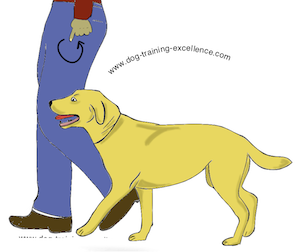Table of Contents
Are you tired of your dog not responding to your commands? Have you ever wished there was a way to communicate with your furry friend without relying solely on verbal cues? Look no further than the world of dog training hand signals. In this article, you will discover the power of using hand signals to effectively communicate with your pup, leading to a stronger bond and a well-behaved companion. Whether you’re a seasoned dog owner or a new enthusiast, mastering dog training with hand signals is a game-changer that will revolutionize the way you interact with your four-legged friend.
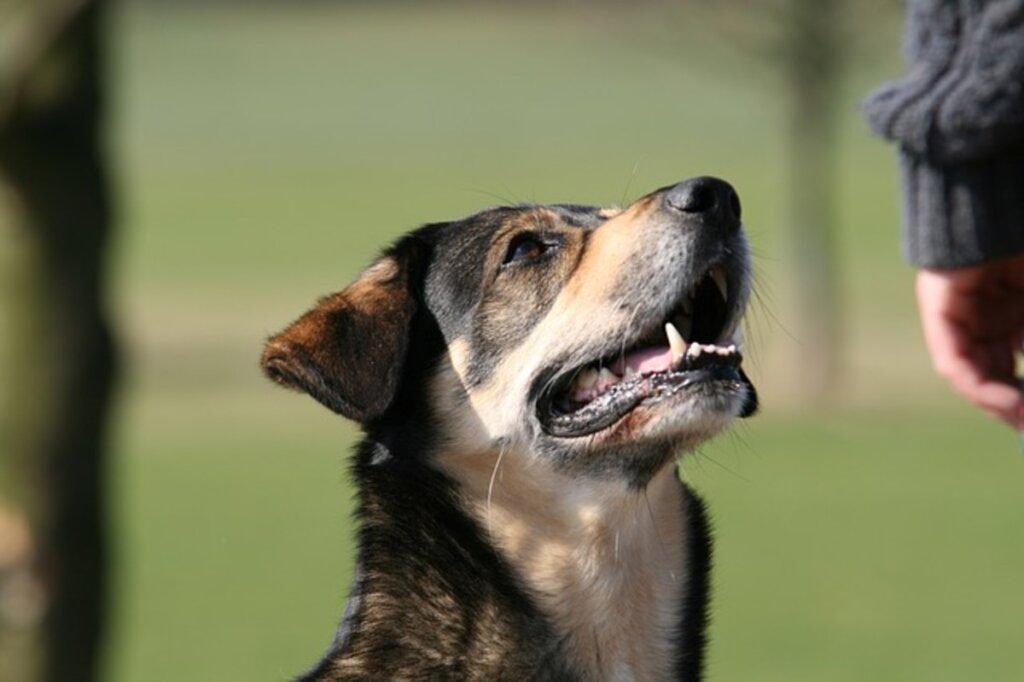
The Importance of Dog Training with Hand Signals
When it comes to training your dog, effective communication is key. While verbal cues play a significant role in teaching obedience and commands, incorporating hand signals into your training routine can greatly enhance your ability to communicate with your furry friend. Not only does training with hand signals improve communication, but it also aids in fostering obedience and control in your dog. Additionally, hand signals can be a valuable tool for hearing-impaired dogs, providing them with a means of understanding and following commands. In this comprehensive guide, we will explore the various aspects of dog training with hand signals, from getting started to troubleshooting common challenges, and even transitioning from hand signals to verbal commands.
Getting Started with Hand Signals
Before diving into the world of hand signals, it is important to choose the right signals that will work best for your dog. Every dog is unique, so it is essential to select signals that your furry friend can easily understand and distinguish. For example, using a raised open hand to signal “sit” and a downward pointing finger to signal “lie down” can be an effective starting point. Consistency is key here. Once you have chosen the appropriate hand signals, it’s time to begin teaching them to your dog.
Teaching basic hand signals should be approached with patience and a positive attitude. The first step is to familiarize your dog with the hand signal by consistently associating it with the corresponding command. For example, when teaching your dog to sit, give the verbal command while simultaneously performing the hand signal. By repeating this process consistently, your dog will start to associate the hand signal with the desired action.
Reward-based training techniques are highly effective when teaching hand signals. Positive reinforcement such as treats, praise, and play can be used to reward your dog for correctly responding to a hand signal. This creates a positive association with the signal and motivates your dog to continue following the commands. Remember, consistency and repetition are key to ensuring your dog understands and responds to the hand signals consistently.
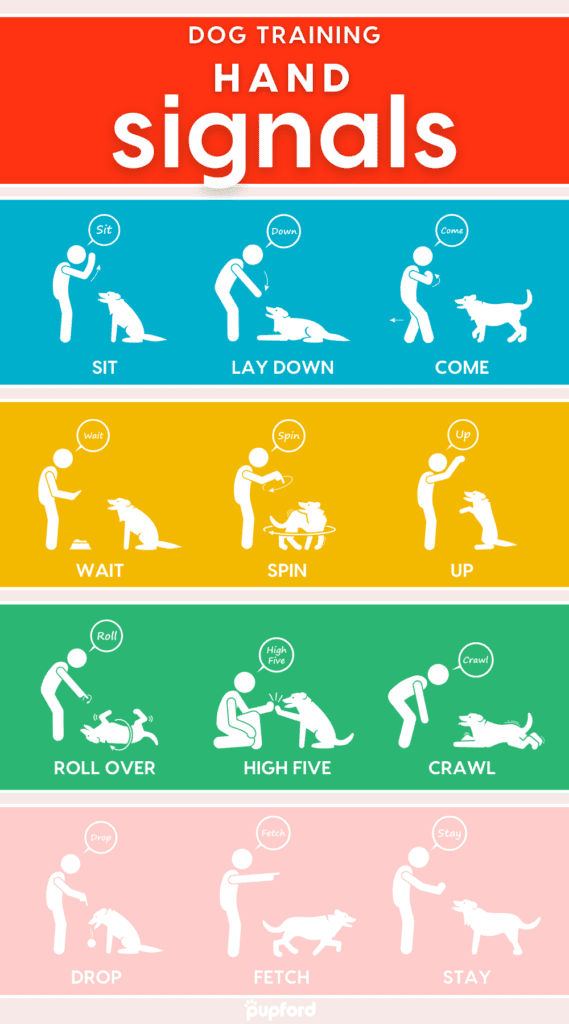
Advanced Hand Signals for Tricks and Commands
Once your dog has mastered the basic hand signals, you can move on to more advanced commands and tricks. Some of these advanced hand signals include “stay,” “come,” “heel,” “drop it,” “leave it,” “shake hands,” and even “roll over.” As with teaching basic hand signals, these advanced signals should be introduced gradually and with plenty of positive reinforcement.
For the “sit” command, the hand signal can be evolved into a downward motion, where you raise your hand palm-up, and then swiftly move it downward in front of your dog’s face. This clear and concise signal will reinforce the “sit” command and enhance your dog’s understanding.
To teach your dog the “stay” command, you can use a forward-facing open palm in front of your dog’s face while giving the verbal cue. Once your dog understands this signal, you can slowly increase the distance between you and the dog, reinforcing the message that they need to remain in place.
The “heel” command is a crucial one when it comes to walking your dog. By holding your hand at your side, palm facing the dog, you can signal to your furry friend to stay close to your side without pulling on the leash. This hand signal coupled with verbal cues will help your dog understand the desired behavior during walks.
Commands like “drop it” and “leave it” can be taught by using an open palm facing down, signaling your dog to release an object or refrain from picking something up. Similarly, the hand signal for “shake hands” involves extending your hand towards your dog’s paw as if you were initiating a handshake.
And of course, who can resist the adorable trick of “rolling over”? By extending your arm out to the side and sweeping it in a circular motion towards the ground, you can teach your dog to rollover on command. Each of these advanced hand signals strengthens the bond between you and your dog and provides mental stimulation for them.
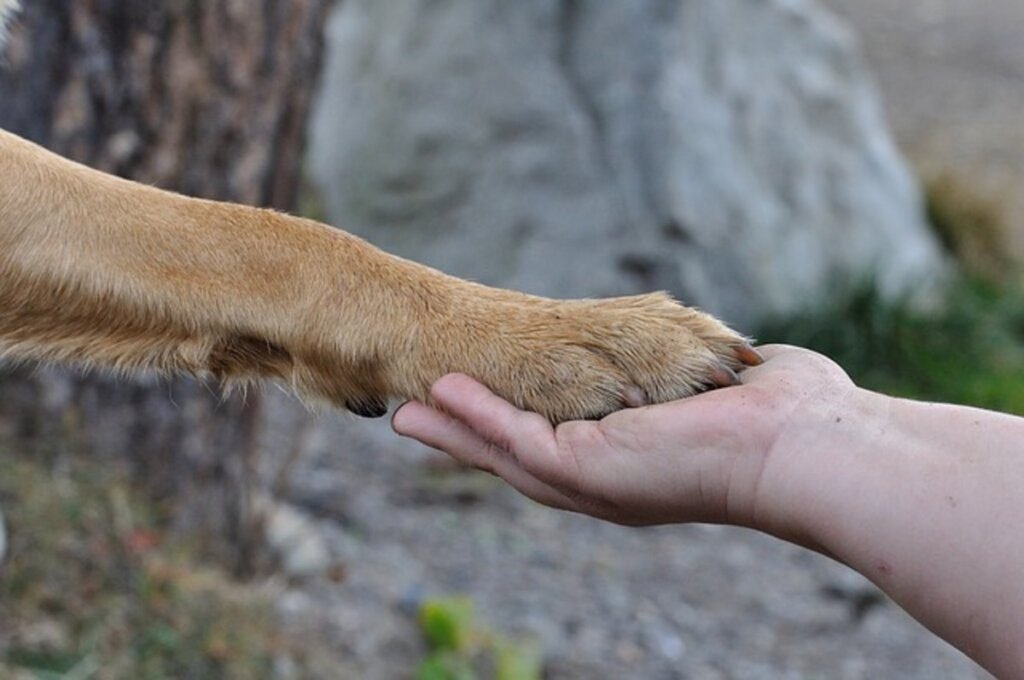
Troubleshooting Common Challenges
Training with hand signals may not always be a smooth process, as there can be certain challenges along the way. One common challenge is dealing with distracted dogs. You may find that your dog easily gets distracted during training sessions, especially if there are other interesting stimuli in the environment. In such cases, it is important to gradually increase the level of distractions while reinforcing the hand signals and commands. Start training in a quiet and familiar space, and gradually introduce distractions such as toys, treats, or even other people or animals.
Another challenge you may face is inconsistent signals. It is crucial to ensure that your hand signals are clear and consistent. Dogs rely on visual cues, so any ambiguity or inconsistency in your signals can lead to confusion. Take the time to practice your hand signals in front of a mirror or with a friend or family member to ensure that your movements are clear and easily distinguishable.
Understanding your dog’s body language is also essential when training with hand signals. Dogs communicate through various body postures and expressions, and being able to interpret their signals will help you in training effectively. By observing your dog’s body language during training sessions, you can gauge their level of understanding, comfort, and engagement. If your dog appears anxious or uncomfortable, it may be necessary to take a step back and adjust your training approach.
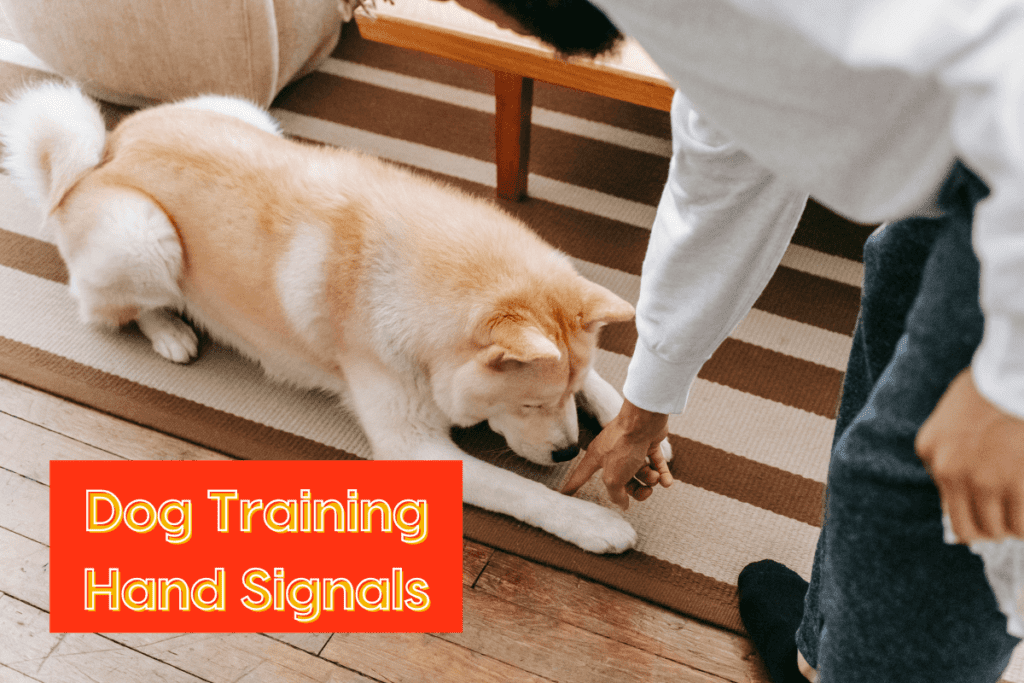
Transitioning from Hand Signals to Verbal Commands
While hand signals are a powerful tool for training, it is also important to transition your dog to respond to verbal commands. The ability to understand and follow verbal cues expands your dog’s obedience and allows for greater flexibility in various situations. To transition from hand signals to verbal commands, you should introduce the verbal cue gradually while continuing to use the hand signal as reinforcement.
Start by giving the hand signal for a command, followed immediately by the corresponding verbal cue. Over time, reduce the reliance on the hand signal and rely more on the verbal command. Consistency is vital during this transition process. Reinforce the verbal commands with treats, praise, and positive reinforcement to ensure that your dog continues to respond correctly. With patience and persistence, your dog will learn to associate the verbal cues with the desired action, allowing you to rely more on verbal communication.
Using Hand Signals as Backup
Even as you transition to verbal commands, it is essential to continue reinforcing the hand signals. Hand signals can serve as a backup in situations where verbal cues may not be effective, such as in noisy environments or when your dog is at a distance. By maintaining the hand signals as a part of your dog’s training, you provide a fail-safe communication method that your dog understands and can respond to reliably. This backup option is particularly valuable for hearing-impaired dogs who heavily rely on visual cues.
Proofing Your Dog’s Training
Once your dog has mastered both hand signals and verbal commands, it is important to proof their training in different environments and situations. This includes practicing commands in various locations, around different distractions, and with different people. By exposing your dog to different scenarios, you ensure that their training is reliable and consistent regardless of the circumstances. Consistency is key when it comes to obedience training, and proofing your dog’s training helps solidify their understanding and response to both hand signals and verbal cues.
In conclusion, incorporating hand signals into your dog’s training routine can significantly improve communication, enhance obedience and control, and provide a means of understanding for hearing-impaired dogs. By choosing the right signals for your dog, teaching them through reward-based techniques, and gradually advancing to more advanced commands, you can strengthen the bond with your furry companion and make training both a positive and enjoyable experience. Troubleshooting common challenges, understanding your dog’s body language, and transitioning to verbal commands further enhance your dog’s training. So, grab some treats, plenty of patience, and start training your dog with hand signals today!
